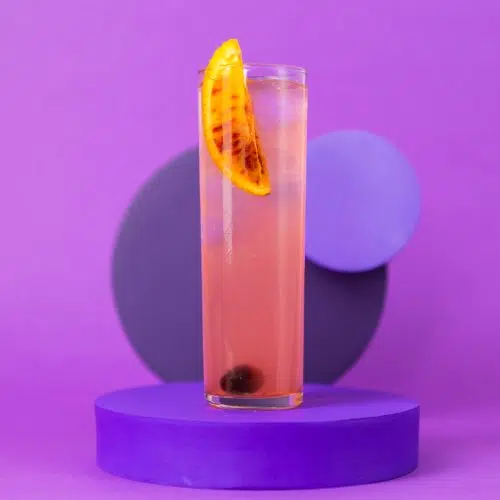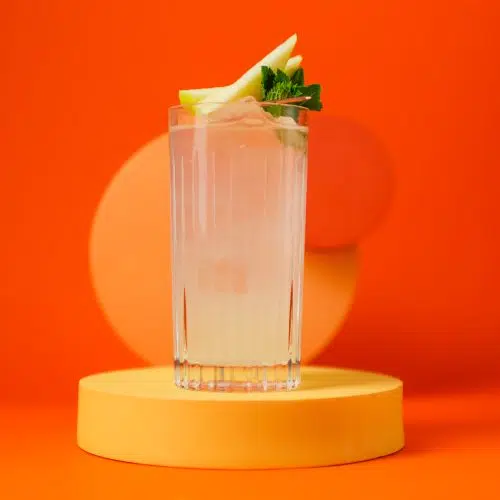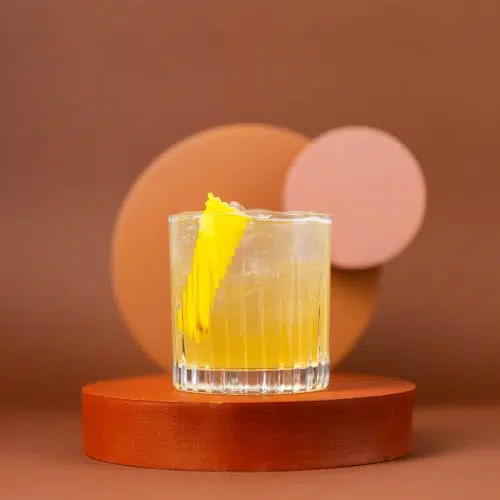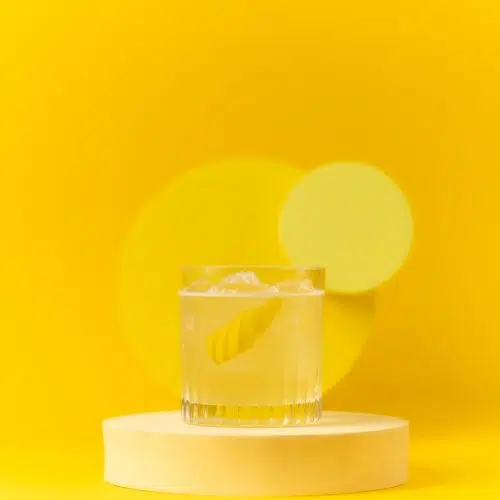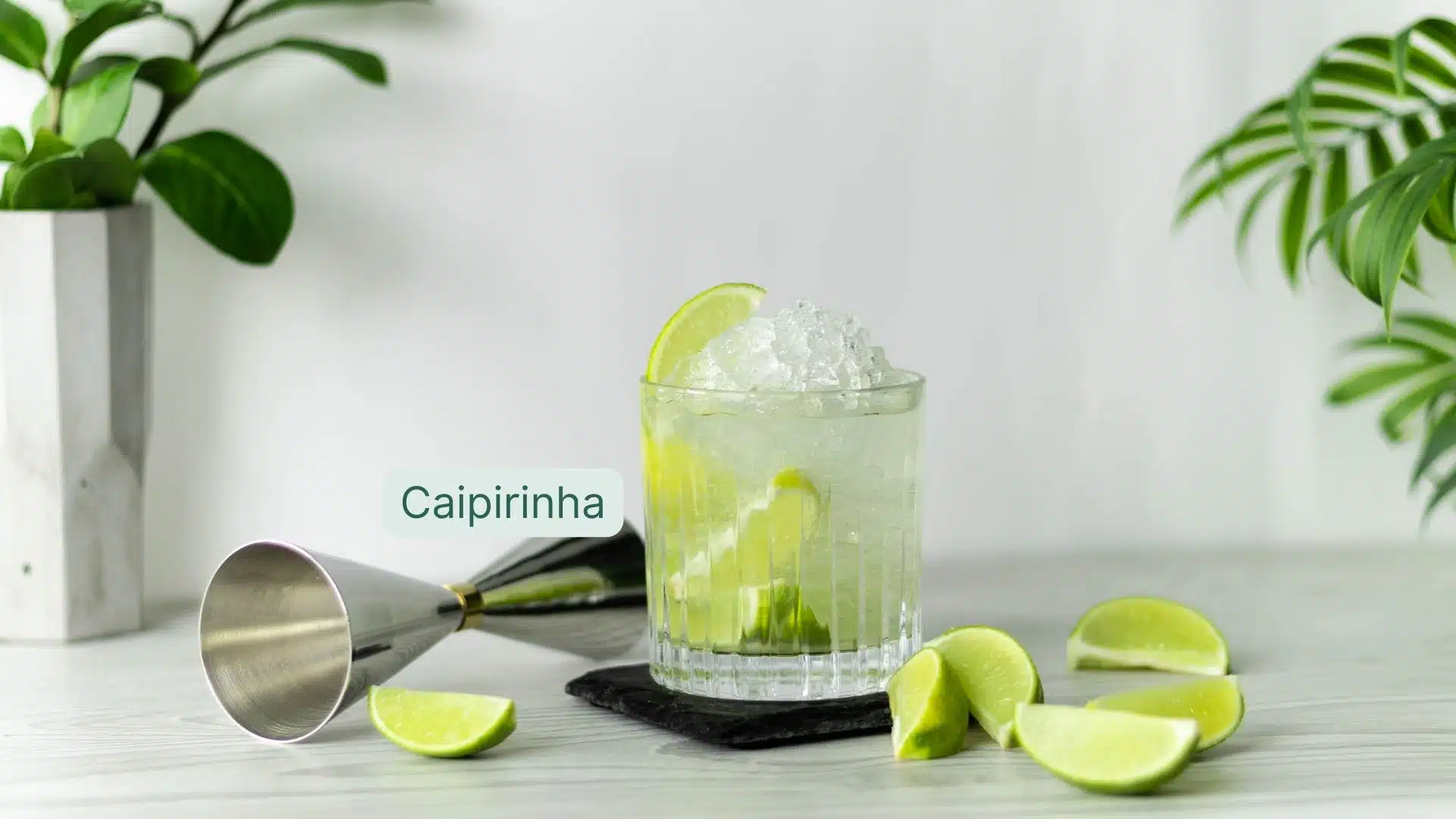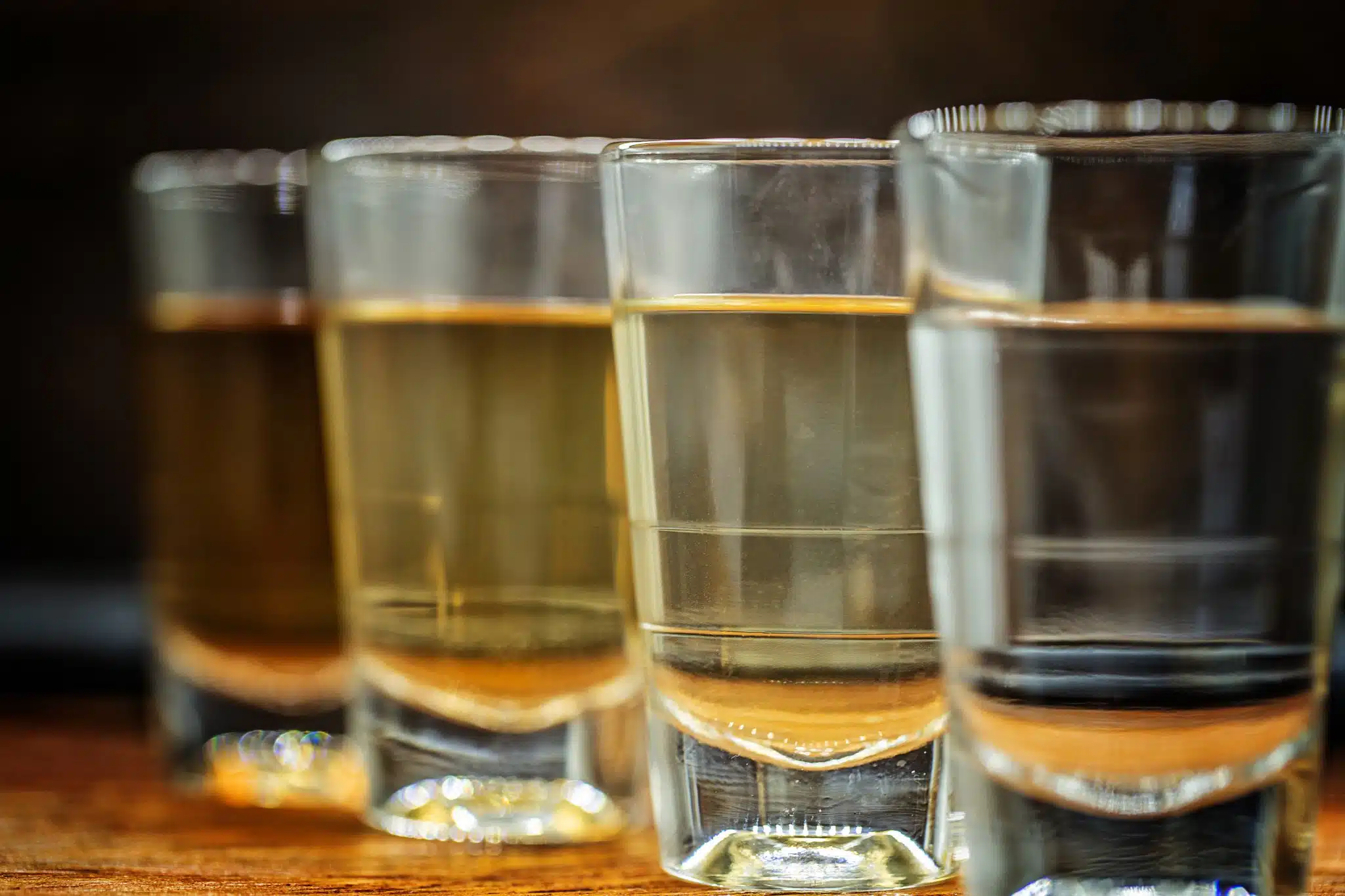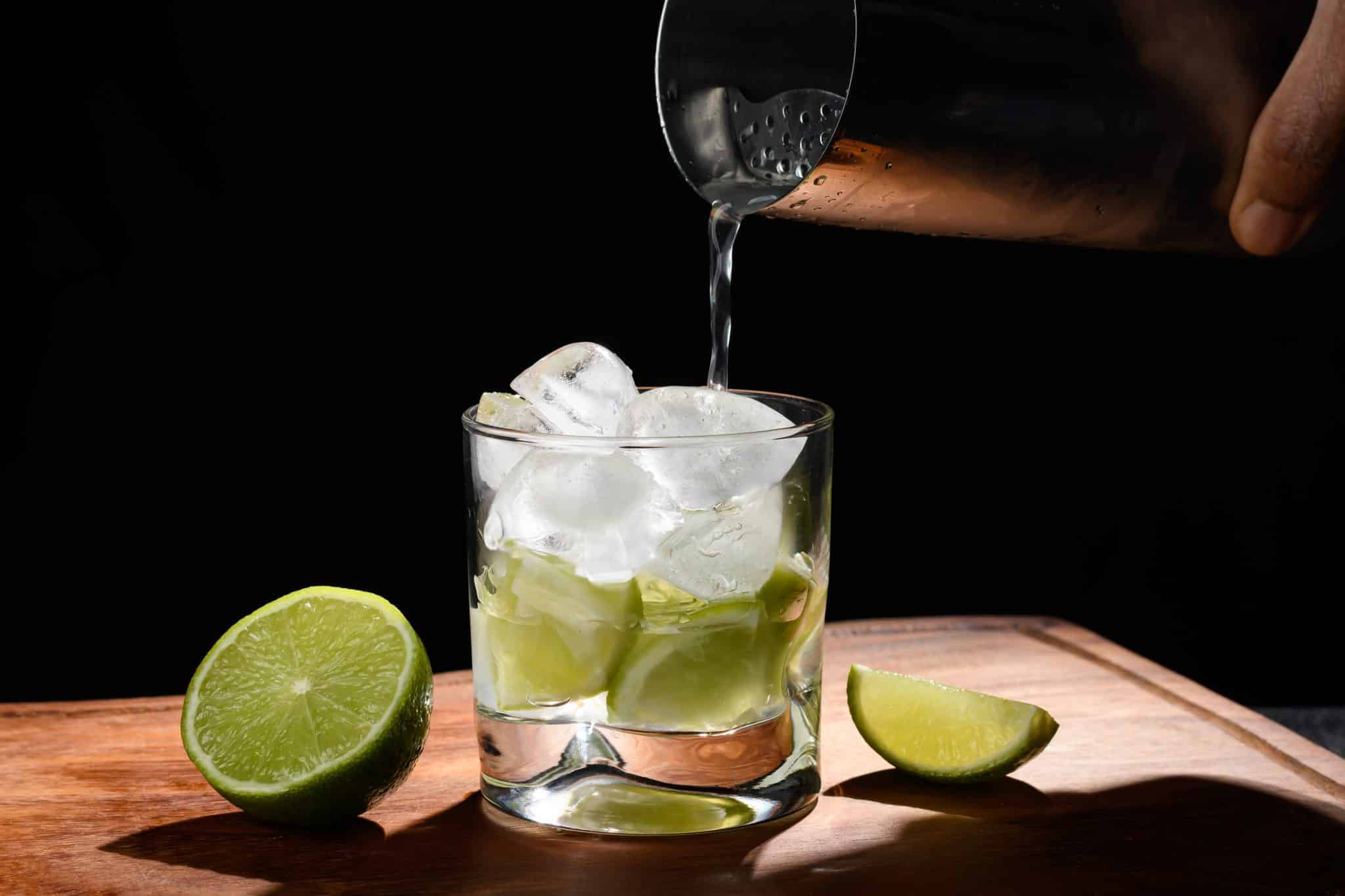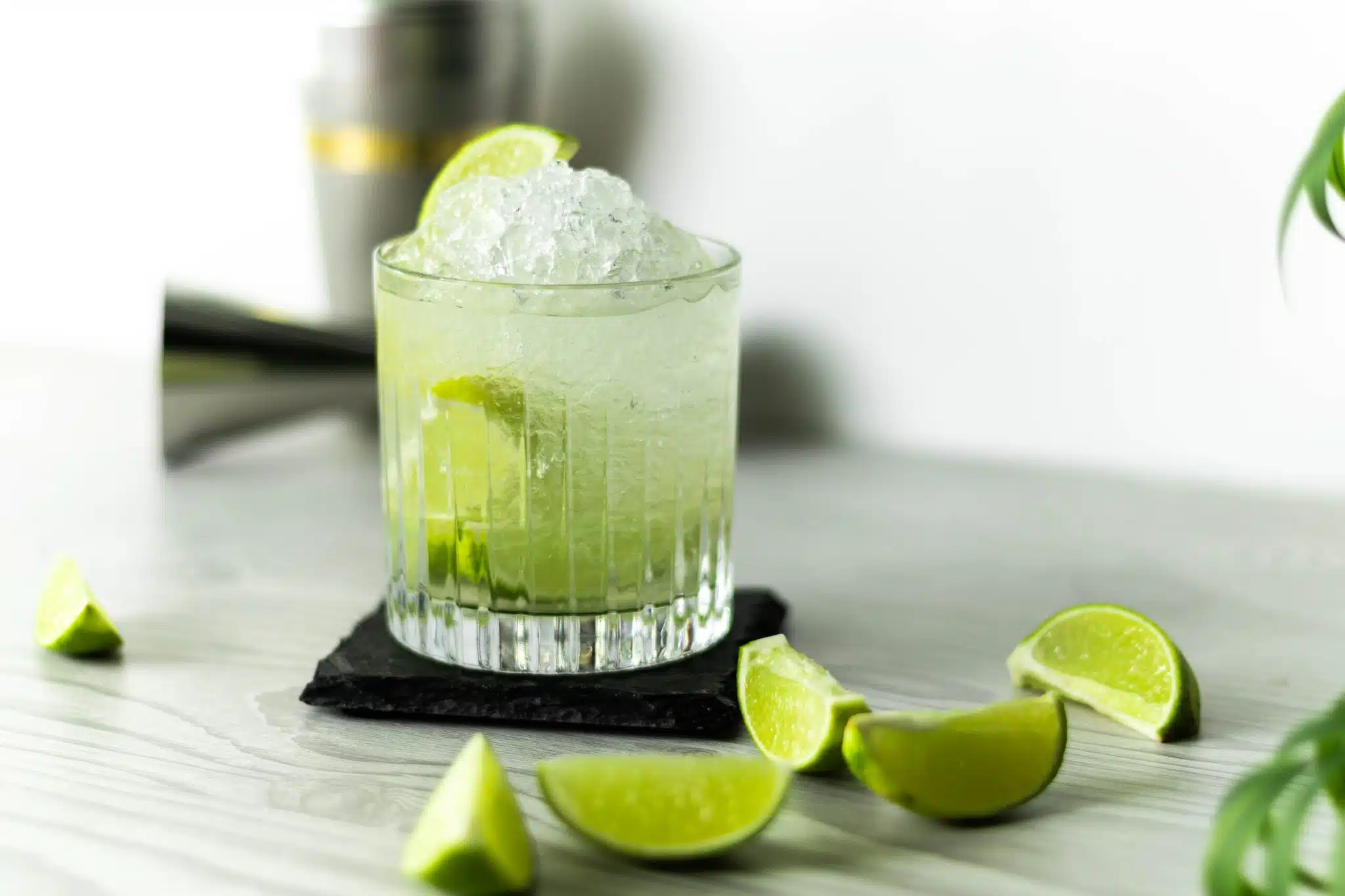Home / Cachaça
Cachaça
- Updated February 9, 2024
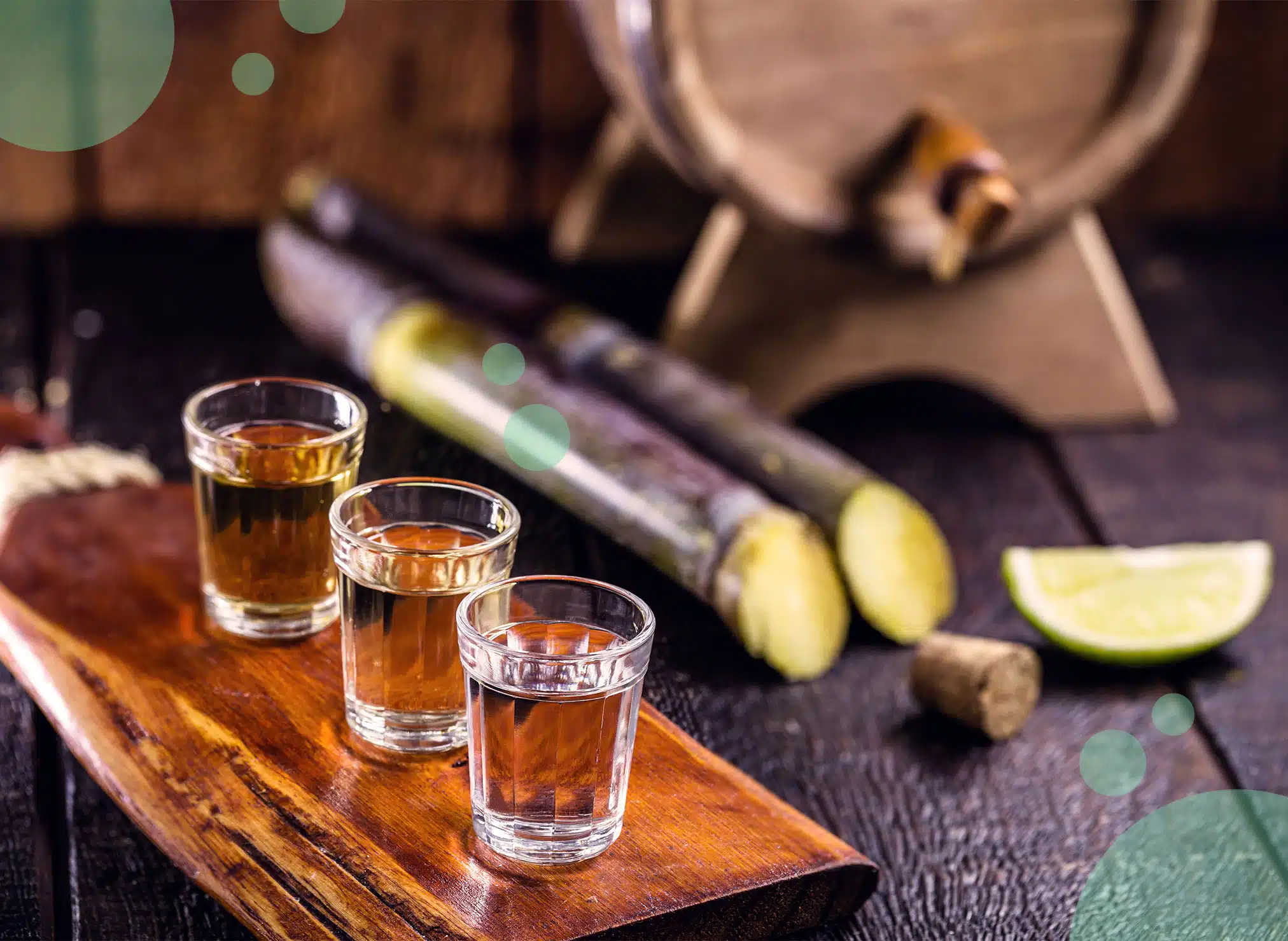
Cachaça Guide – What to Know Before You Shop Cachaça Online
Brazil’s favorite drink: Cachaça! This sugarcane spirit has been a big deal in Brazil since the 1500s. Not only is it super popular in its homeland, but it’s also made its mark worldwide. Ever heard of the Caipirinha cocktail? That’s Cachaça doing its magic with lime and sugar! And did you know it proudly wears the crown as one of the most popular spirits in the world, with Brazil producing a staggering 1.5 billion liters annually? The locals enthusiastically consume a whopping 80% of it!
What is Cachaça?
Cachaça is a Brazilian spirit made from fermented sugarcane juice, known for its sweet and robust flavor. It’s often used to make the Caipirinha cocktail.
How to say it? Pronounce Cachaça as ” ka-SHA-sa.”
Cachaça vs rum
Cachaça and rum both derive from sugarcane but differ significantly. Cachaça, made from fresh sugarcane juice (garapa), offers a grassy and sweet profile. In contrast, rum is produced from molasses and has a range of flavors. It’s key in varied cocktails like Mojitos and Pina Coladas. Some rums, called “Rhum Agricole,” use fresh cane juice as well, but their production primarily occurs in French-speaking regions like Martinique.
Why we like Cachaça
We adore Cachaça because it’s simply a blast in a glass! This spirit gives us the Caipirinha, a sweet and zesty cocktail that’s become the life of our parties and BBQs. This liquor gives you a fun flavor ride, from light and sugary notes in the young ones to a deeper, spicier kick in the aged versions. It’s not just a drink to us but a little piece of Brazil’s lively culture.
Different types of Cachaça?
Like rum, Cachaça offers two kinds: the unaged version, referred to as branca (white) or prata (silver), and the aged form, known as amarela (yellow) or ouro (gold):
-
White Cachaça
White Cachaça, also known as “silver”, is usually bottled immediately after distillation and tends to be lighter and fresher in flavor. Bartenders commonly use this type to mix cocktails like the famous Caipirinha due to its crisp, clean profile.
-
Aged Cachaça
Aged or Gold Cachaça matures in wooden barrels of no more than 700 liters for at least one year, imbuing it with additional flavors and a golden color. Depending on the type of wood used for the barrels it can have notes of chocolate, fruit, and spices. It’s often enjoyed neat or on the rocks to appreciate its fuller, complex profile.
More variaties
-
Stored Cachaça
Stored cachaça shares similarities with aged Cachaça but is kept in barrels of 1000 or more liters for less than a year.
-
Premium and Artisanal Cachaça
These focus on high-quality production methods, often employing traditional techniques and maintaining rigorous standards. These Cachaças often utilize high-quality sugarcane and may be aged for extended periods, resulting in a refined and elevated taste profile suitable for sipping straight.
-
Industrial vs. Artisanal Production
Regarding production methodology, Cachaças can be categorized into industrial and artisanal. Industrial Cachaça is mass-produced, often using column stills for distillation, and aims for consistency and scale. On the other hand, artisanal Cachaça producers usually utilize pot stills and often prioritize traditional methods, resulting in a spirit with distinctive, nuanced flavors.
What does Cachaça taste like?
Cachaça tastes sweet and fruity with a noticeable flavor of sugarcane.
White Cachaça offers a crisp, sugary, and often fruity taste, making it a vibrant cocktail choice. The aged variant reveals flavors of vanilla, oak, and sometimes a sweet hint of caramel. Gold Cachaça introduces a slightly sweet and nuanced profile with hints of wood and spices, thanks to its aging process.
How much alcohol is in Cachaça?
Cachaça has an Alcohol by Volume (ABV) ranging from 38% to 48%, translating to 76 to 96 proof.
For comparison, vodka and gin have an ABV ranging from 35% to 50%, rum aligns closely with an ABV of 37.5% to 50%, while whiskey and tequila can range from 40% to 50% and 35% to 55% ABV respectively.
Are there any substitutes?
If you find yourself without Cachaça and need a substitute, several alternatives might fit the bill. White rum, with its similar sugarcane base, serves as a reasonable stand-in, especially in cocktails. Agricole rum, made from sugarcane juice, can closely match flavor due to its fruity and slightly grassy notes. Though derived from agave, light tequila offers a vibrant and somewhat sweet profile that can mimic Cachaça in mixed drinks. Alternatively, lacking the sugarcane notes but providing a neutral spirit, vodka can work in a pinch for various cocktails where Cachaça is called for.
10 top Cachaça brands
Brazil is home to over 4,000 unique cachaça brands. We’ve listed our top choices below:
Novo Fogo
Based in the Brazilian rainforest, Novo Fogo focuses on producing using sustainable and organic practices. Their expressions range from unaged variants that showcase sugarcane’s fresh, grassy qualities to aged versions that reveal the influences of wooden barrels, such as American oak and Brazilian teak.
Leblon
Leblon Cachaça, which matures its spirits in French oak barrels, offers a slightly exotic note, often described as fruity and floral. With its meticulous production method and a light, approachable flavor profile, Leblon has become a beloved brand in Brazil and internationally.
Avuá
Avuá employs traditional methods, utilizing wooden fermentation tanks and pot still distillation. With a focus on expressing the terroir through their spirits, they offer both prata (unaged) and different wood-aged Cachaça, each one of them providing a unique flavor perspective.
Ypióca
Established in 1846, Ypióca is one of the oldest brands in Brazil. The brand produces a wide range of liquors, including those aged in wooden barrels, to produce a richer, more nuanced flavor.
Sagatiba
Sagatiba offers multiple distilled Cachaças, ensuring a smooth, clean spirit. Their range includes a Prata (silver) variant, which is crisp and clear, and a velha (aged) version that has spent time in European oak barrels, adding depth and complexity.
Pitu
Pitu, a brand recognizable for its vibrant red label and lobster logo, is often used to create Caipirinhas. This brand produces a clear, robust spirit that stands up well against Brazil’s national cocktail’s sweet and tart flavors.
51
51 Cachaça is one of the most common brands in Brazil, frequently used in cocktails due to its neutral, clean profile, which blends seamlessly into various mixers. It’s often considered a reliable choice for bars and households alike.
Velho Barreiro
Velho Barreiro, with its iconic yellow label, offers a spirit that’s accessible and versatile. It is often appreciated for its dependable quality and is equally enjoyable when sipped neat or mixed into cocktails.
Cachaça Magnífica
Cachaça Magnífica is well-regarded for its artisanal production methods and quality expressions. Operating from the state of Rio de Janeiro, the brand produces a variety of options, including an unaged Cachaça, which features the robust, lively character of fresh sugarcane, and aged versions, which demonstrate the influence of time and wood, imparting nuanced flavors and a golden hue to the spirit.
Santo Grau
Santo Grau delivers a premium experience with a nod toward historical production methods. With several expressions deriving from different areas of Brazil, each variant provides a unique flavor profile that speaks to its specific terroir. For example, their Coronel Xavier Chaves expression comes from Minas Gerais and is known for its smooth, subtly complex profile. At the same time, the Itirapuã variant from São Paulo offers distinct fruity and floral notes.
Where to buy Cachaça online?
Each of these online retailers delivers a diverse array of Cachaça options.
-
Master of Malt
Master of Malt, an extensive online liquor store, provides a diverse selection, offering bottles from various brands like Leblon, Novo Fogo, and Ypióca. Shoppers can explore various options, from unaged to aged Cachaças, catering to cocktail enthusiasts and sipping spirit lovers.
-
The Whisky Exchange
The Whisky Exchange presents a robust selection of whiskies and maintains a notable assortment of Cachaças. Available brands include classics like Pitu and Sagatiba, making it a convenient shopping point for those exploring Brazilian spirits.
-
Total Wine & More
Total Wine & More offers an ample online selection, boasting options that range from widely recognized labels to artisanal offerings. They present choices for varied price ranges, ensuring that both budget-friendly and premium options are available to customers.
-
Drizly
Drizly, with its rapid delivery services, offers a myriad of Cachaça options online, from popular brands to artisanal selections. Their platform allows users to explore various brands, price points, and age statements, simplifying purchasing Cachaça from the comfort of home.
-
BevMo!
BevMo!, a notable alcohol retailer, extends its vast selection to online shoppers seeking Cachaça. With a range of options from the approachable to the premium, BevMo! ensures that a variety of palates and preferences find satisfaction through their offerings.
How much does Cachaça cost – Price Ranges
- Budget-Friendly Cachaça
You can find Cachaça at quite affordable prices, especially for basic, unaged varieties. For between $10 and $20, you can snag a bottle suitable for making cocktails. Brands like 51 and Pitu often offer options in this price range.
- Mid-Range Cachaça
Stepping into a bit of a higher quality and possibly aged varieties, expect to pay between $20 and $50. These Cachaças might offer a more refined taste and can be enjoyed neat or in cocktails. Ypióca and Leblon are brands you might encounter in this price bracket.
- Premium Cachaça
For the connoisseur interested in premium, often aged, and artisanal Cachaças, prices can go from $50 and upwards, even reaching a few hundred dollars for particularly rare or aged varieties. Brands like Avuá and Novo Fogo provide options that showcase the depth and complexity Cachaça can offer.
How to drink Cachaça
- Sip It Neat
Enjoying Cachaça neat allows you to experience its full range of flavors. Pour a small amount into a glass and savor it slowly, letting the spirit’s unique characteristics unfold on your palate. Aged Cachaça often provides a smoother, richer experience when sipped solo.
- Shake Up a Caipirinha
Whip up Brazil’s national cocktail, the Caipirinha. You’ll need Cachaça, lime, and sugar. Muddle the lime and sugar, add the liquor, and fill the glass with ice. Give it a good stir or shake, and enjoy a refreshing, zesty drink.
- Mix Other Cocktails
Cachaça works wonderfully in various cocktails, providing a sweet, robust base. Try substituting it for rum in a Mojito or in a Daiquiri. Its distinct flavor can uplift many classic cocktail recipes and inspire new creations.
- On the Rocks
Pour Cachaça over ice for a chilled, straightforward drink. This method suits aged variants, allowing the ice to mellow and slightly dilute the spirit, revealing subtle flavors and aromas.
- With Traditional Food Pairings
In Brazil, you might find Cachaça served with traditional foods like feijoada (a black bean and pork stew) or alongside sweets like brigadeiros at festive occasions. Pairing it with food introduces a complementary experience, where the flavors of the cuisine and spirit interact harmoniously.
Popular Cachaça cocktails
Looking for some simple cachaça drinks? We’ve listed our DrinksWorld top 5. Click on each drink to check the full recipe:
Caipirinha
The Caipirinha reigns Brazil’s national cocktail, blending Cachaça, sugar, and lime. It’s refreshingly tangy, with the sugarcane sweetness of the Cachaça shining through.
Batida
A Batida mixes the liquor with fruit juice, coconut milk, and sugar, often blended with ice to create a frothy, sweet, and tropical drink, perfect for cooling down on a hot day.
Rabo de Galo
Rabo de Galo brings together Cachaça and red vermouth, creating a cocktail that’s both sweet and herbal. It’s a simple, classic combination, showcasing a delightful balance of flavors.
Leite de Onça
Leite de Onça, or Jaguar Milk, involves Cachaça, condensed milk, and cocoa powder. It’s a creamy, sweet, and decadent cocktail, often sprinkled with cinnamon on top for an extra flavor kick.
Quentão
Quentão, typically enjoyed during Brazilian winter festivals, combines ginger, and sugar, often with added citrus fruits and spices. It’s a warm, comforting drink, perfect for sipping around a fire.
Related: 30 Easy Cocktails with Simple Recipes to Make at Home
How is Cachaça made?
It’s made from fresh sugarcane juice which is fermented and distilled. An overview of the whole process:
1. Harvesting and Juice Extraction
The first step in making Cachaça involves harvesting ripe sugarcane and extracting its juice. Workers typically cut the sugarcane stalks by hand and then press them using a mill, squeezing the sweet, sugary juice.
2. Fermentation Process
Next comes fermentation. The sugarcane juice is transferred to fermentation tanks, where it’s left to transform into sugarcane wine. Yeast plays a critical role here, converting the sugar in the juice into alcohol. The fermentation can last from a few hours to several days, depending on the producer’s method and desired flavor profile.
3. Distillation
Once fermentation is complete, the sugarcane wine undergoes distillation. It’s heated in a still, and as the liquid evaporates and condenses, the alcohol concentration increases. This process separates the alcohol from the remaining sugarcane wine, resulting in a high-proof spirit.
4. Aging (Optional)
While some Cachaça are bottled immediately as a white spirit, others are aged to enhance their flavor and complexity. Producers place the spirit in wooden barrels, where it may rest for months or years. The type of wood used for the barrels influences the flavor, aroma, and color of the Cachaça, offering a spectrum of tasting experiences across different brands and expressions.
5. Bottling and Distribution
Finally, whether it’s an unaged or aged Cachaça, it is filtered and bottled. It then goes to retailers and bars, ready to be enjoyed neat, on the rocks, or mixed into Brazil’s beloved Caipirinha and other cocktails.
Nutritional facts
The USDA supplies the nutritional data for a single shot of Cachaça, which weighs 42 grams or 1.5 ounces. Here’s a table summarizing the nutritional facts:
| Nutrient | Amount | Unit |
| Calories | 107 | kcal |
| Fat | 0 | g |
| Carbohydrates | 0 | g |
| Protein | 0 | g |
| Vitamins | 0 | mcg |
| Minerals | 0 | mg |
| Alcohol Content | 38-48 | % |
It is worth noting that variations (such as those that are aged or contain additives) might present different nutritional profiles.
History and Origin
Cachaça has a history dating back to the 1500s. Portuguese colonists began sugar production in Brazil, and, over time, locals developed Cachaça from sugarcane juice. This spirit quickly became popular among slaves and lower-class citizens in colonial Brazil.
In the beginning, people considered Cachaça a poor man’s drink. But with time, everyone in Brazil began to enjoy it, regardless of their social status. Cachaça played a part in Brazil’s fight for independence. Soldiers received it as part of their rations, and it became a symbol of resistance against the Portuguese.
In the 1920s, Cachaça became a key ingredient in the Caipirinha cocktail, mixing the spirit with lime and sugar. This cocktail further boosted Cachaça’s popularity, both in Brazil and internationally.
FAQs
- Is Cachaça always clear? No, it can be clear (unaged) or have a golden hue (aged).
- How is aged Cachaça different? Aged Cachaça, stored in wooden barrels, has additional flavors and aromas influenced by the wood.
- Can I use Cachaça in cooking? Absolutely! It can be used in various culinary applications like sauces and desserts.
- What are good mixers with Cachaça? Fruit juices, soda, or other tropical ingredients pair well.
- How should I store Cachaça? Store it in a cool, dry place away from direct sunlight.
- Does Cachaça have sugar? Despite originating from sugarcane, it doesn’t contain sugar.
- Is Cachaça gluten-free? Yes, it’s a is generally considered gluten-free.






